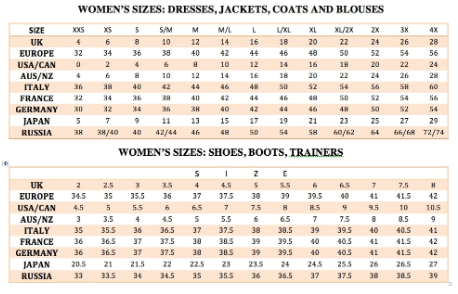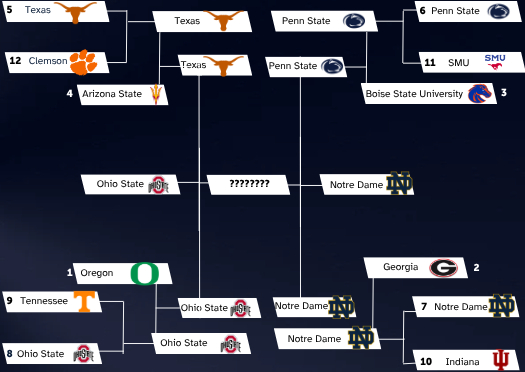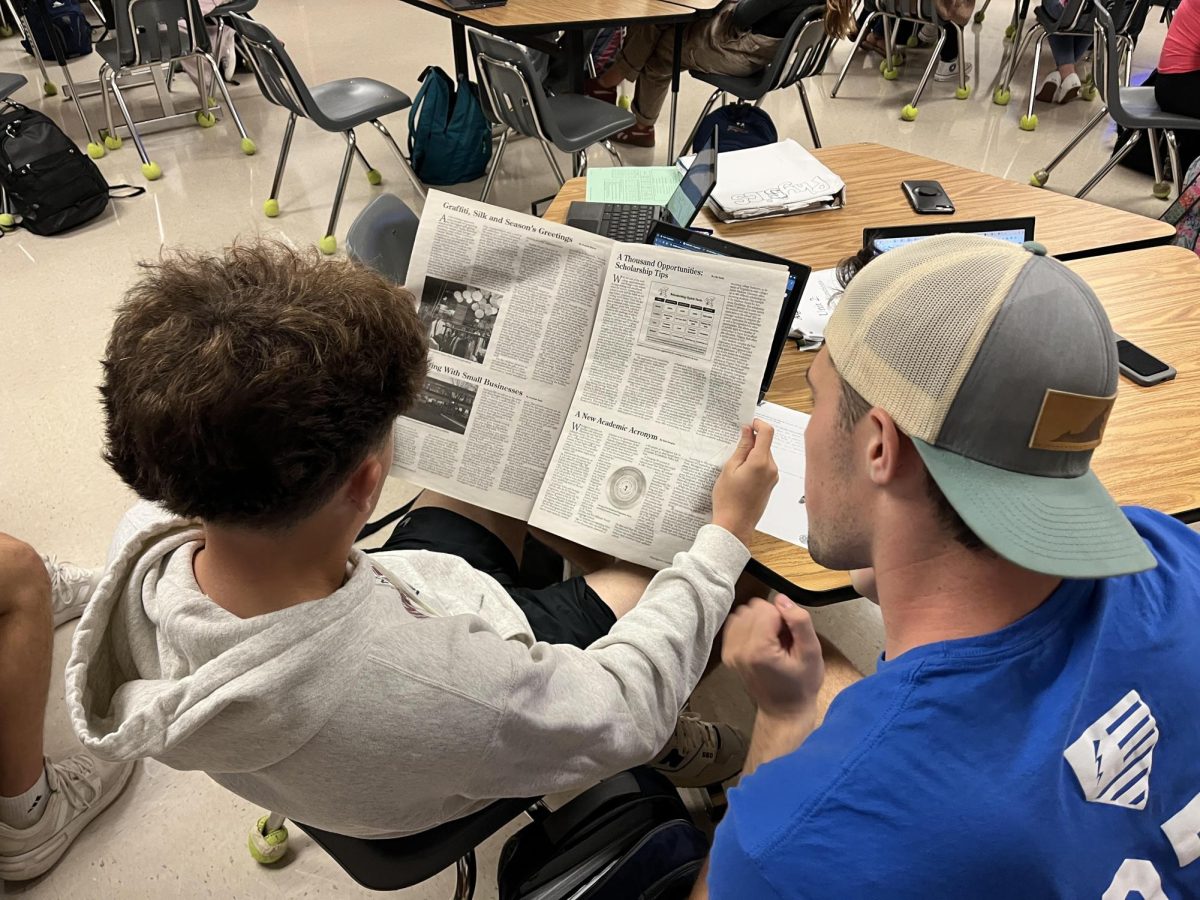Have you ever been in a dressing room, frantic to find your size? Or placed an online order and the garment you’ve been dreaming of came in the wrong size? This is a national problem affecting thousands of women across the country. Women everywhere have spoken out about the ongoing issue, but finding the perfect fit is still a struggle.
The discrepancy between sizes cannot be discussed without addressing the existence of vanity sizing. In an article by Forbes, Roger Dooley defines vanity sizing as the “labeling of clothes with sizes smaller than the actual cut of the item.” Using numbers to size garments, rather than actual measurements, is a key feature of vanity sizing. This practice has been used since the introduction of standard sizing in the United States and has continued into the 21st century. Yet, women’s clothing has fluctuated over the last few decades, and the arbitrary standard has shifted over time. Today, a size six holds the same measurements as a size 12 from the 1950s. The gradual change in women’s sizing has caused consumers to become dissatisfied with the clothing industry.
Sizing between brands can be detrimental to a woman’s shopping experience, affecting her esteem, self image, and causing extreme frustration. Studies have shown that there can be up to a six inch difference in the waistband of different brands’ size 6 jeans. Time magazine states, “67% of U.S. stores don’t carry higher than a size 14”. Which is a huge problem because an estimated two thirds of American women wear a size 14 or higher. This also makes shopping between stores a never ending beast. The target clientele of a store also affects sizing. An apparel shop that promotes teen clothing has very different sizing than a store that caters to older women.
Even within a single brand, size variations can sour the online shopping experience. According to Time, 40% of all clothing purchased online is returned. The main cause of this mass amount of internet returns is indeed sizing. In many cases, the measurements of one size of a single garment from the same brand can vary drastically. Ordering the same pair of jeans in the same size from one store does not guarantee that each pair will be identical. In fact, online clothing stores have become increasingly difficult to trust in terms of sizing. Though thousands of US women prefer the online experience over the hassle of visiting a physical store, they are left with nowhere to go when faced with intra-brand inconsistency.
You may wonder, why has no one taken government action to create a universal sizing chart? As it turns out, many attempts have been made to solidify clothing and shoe sizing. The earliest attempt in American history was the Works Project Administration in 1940. However, the sizing data they collected soon became irrelevant and unusable due to the quickly changing fashion standards. Dress sizes only became standardized during World War II when mass produced clothing became necessary. Despite this, sizing continues to vary across stores and individual warehouses.
The grim reality of clothing sizes has made many women feel trapped in a relentless cycle of confusion. Thankfully, measures can be taken to avoid the stress caused by current sizing issues. Knowing your true measurements when going shopping, or focusing on finding the right fit instead of dwelling on numbered sizing, can make for a smoother, more efficient process.









